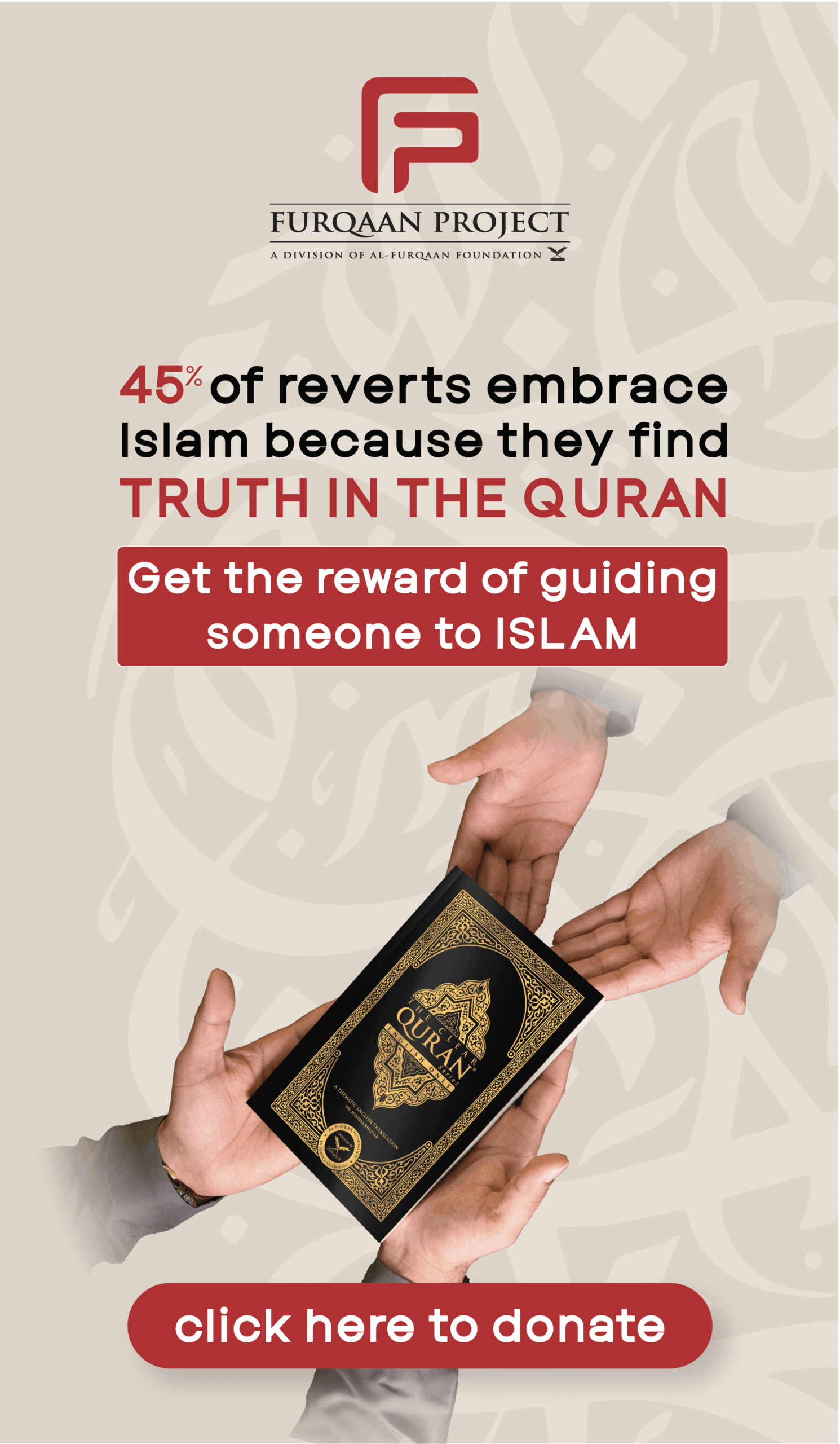
When we study the sirah of the Prophet Muhammad (SAW), we often focus on major figures and turning points like the battles, the treaties, the migrations, and the well-known companions. But behind that public history, there was a private world. The Prophet (SAW) had daughters who lived through the same pressures, who bore the consequences of his mission not as outsiders, but from inside his own home. Lady Umm Kulthum bint Muhammad was one of them.
She didn’t leave behind narrations, and she didn’t witness a moment that changed the political course of the Ummah. But she was there, in Makkah, when Islam was still something whispered in corners. She was there when Quraysh turned on her father. She was there when her sister Lady Ruqayyah bint Muhammad died, and the Prophet (SAW) married her to Uthman ibn Affan (RA). She died years later in Madinah, during a time when the Muslim community was finally starting to stand on its own.
This isn’t a story of forgotten greatness or untold heroism. It’s simpler than that. It’s about a woman who belonged to the Prophet’s (SAW) household and lived the reality of early Islam not from the outside looking in, but from the inside looking out. And that, alone, makes her worth knowing.
Lady Umm Kulthum bint Muhammad was born several years before revelation, in Makkah, and grew up during the period when her father was known among his people as al-Amin, the trustworthy. She was raised in a household marked by honesty, mercy, and dignity, all qualities that would become central to the message of Islam when revelation began. She embraced Islam early, along with her mother Lady Khadijah bint Khuwaylid and her sisters. The environment in their home changed dramatically after the Prophet (SAW) began to openly call people to Islam. The family faced increasing hostility and social pressure from Quraysh, especially because the Prophet (SAW) refused to remain silent about the idols of Makkah.
Like her siblings, Lady Umm Kulthum bint Muhammad remained firm in support of her father and the message of Islam throughout this period of difficulty.
Before the Prophet (SAW) began calling to Islam, Lady Umm Kulthum bint Muhammad had been married to ‘Utaybah, one of the sons of Abu Lahab and brother of ‘Utbah, to whom her sister Lady Ruqayya was married at the same time. After the Prophet (SAW) publicly declared his mission, Abu Lahab, out of hatred for Islam, ordered his sons to divorce the Prophet’s (SAW) daughters, while the marriages had not yet been consummated. This event is part of what triggered the famous revelation of Surah Al-Masad, “May the hands of Abu Lahab perish, and he himself perish.” (The Clear Quran®, 111:1) Not simply because of the divorces, but also because he was so arrogant that he denied the truth and chose to be vengeful instead.
The separation was, of course, a protection from Allah (SWT). In fact, when Lady Umm Kulthum bint Muhammad’s brother, Hind ibn Abi Hala, asked the Prophet (SAW), “Why did you separate Umm Kulthum from ‘Utaybah?”, he (SAW) replied, “Allah did not allow me to marry her to a person who is not going to Paradise.” Through Allah’s (SWT) command, Lady Umm Kulthum bint Muhammad was freed from remaining in the household of a man who would become one of Islam’s most aggressive enemies. Years later, after her sister Lady Ruqayyah bint Muhammad passed away in Madinah, the Prophet (SAW) married Lady Umm Kulthum bint Muhammad to Uthman ibn Affan (RA). This marriage is notable not only for the closeness it brought between the Prophet (SAW) and Uthman ibn Affan (RA), but also because it reflects the immense respect the Prophet (SAW) had for his son-in-law, later elected the third caliph of Islam. Uthman ibn Affan (RA) had been deeply affected by the death of Lady Ruqayyah bint Muhammad, and the Prophet (SAW) offered Lady Kulthum bint Muhammad to him in marriage. This act is sometimes misunderstood; it was not simply a gesture of family support, but also a recognition of Uthman ibn Affan’s (RA) character, piety, and trustworthiness. Lady Umm Kulthum bint Muhammad’s marriage to Uthman ibn Affan (RA) also granted him the name ‘Dhun Noorayn’, or ‘The One with Two Lights’ – because he had the honor of being married to two of the Prophet’s (SAW) daughters.
Their marriage lasted for several years, but they did not have children. The Prophet (SAW) repeatedly said of Uthman ibn Affan (RA), “If we had a third daughter, we would have married her to Uthman.” This statement highlights both the closeness between the Prophet (SAW) and Uthman ibn Affan (RA), and the character of Lady Umm Kulthum bint Muhammad, who fulfilled her role as a wife with loyalty and dignity.
Lady Umm Kulthum bint Muhammad passed away in the ninth year after Hijrah. The Prophet (SAW) personally led her janazah and she was buried in Jannat ul Baqee, the same graveyard in Madinah where her sister Lady Ruqayyah bint Muhammad and many other members of the Prophet’s (SAW) family and companions were laid to rest. Her death came during the later years of the Prophet’s (SAW) life, after the Muslims had established themselves in Madinah and gained strength. Even though she lived through many trials, she also witnessed the growth and stability of the Muslim Ummah in its early form.
The life of Lady Umm Kulthum bint Muhammad does not come with a long list of recorded words or major public events. But what we know of her is enough to draw several meaningful conclusions:
- Not every individual near the Prophet (SAW) was a speaker, scholar, or a warrior. Some were simply consistent believers, living with sincerity in private and fulfilling their roles with excellence.
- The marriages and sacrifices of the Prophet’s (SAW) daughters show us how he nurtured imaan, character, and resilience in his household.
- Like many women of the early Muslim community, Lady Umm Kulthum bint Muhammad faced personal loss such as family opposition, marital cancellation, and eventually death without children. None of these defined her negatively; rather, her perseverance continues to define her legacy.
- She, her mother, and sisters were integral to the mission of the Prophet (SAW), as their unwavering support in his home were, undoubtedly, a source of strength for him.
Lady Umm Kulthum bint Muhammad was among those closest to the Messenger of Allah (SAW) in blood, in household, and in belief. Though her story is brief in the historical record, it sits within the honored memory of the Prophet’s (SAW) family, whose lives embodied the early tests and the steady growth of Islam. We remember her not for fame, but for her nearness to the Prophet (SAW), for her marriage to one of the most beloved men of the Ummah, and for her place among the righteous women of Islam.
Oh Allah (SWT)! Be pleased with Lady Umm Kulthum bint Muhammad and grant her a place in al-Firdaws. Ameen!



